The 1973 Oil Crisis: 40 Years Later
Forty years ago this month, the Organization of Arab Petroleum Exporting Countries (consisting of OPEC’s Arab members plus Egypt, Syria and Tunisia) began an oil embargo that would last through March of 1974.
The cause of the embargo: Intervention. During the Yom Kippur War between Egypt and Syria versus Israel, other Arab nations had lent their support to their brothers in northern Africa (as well as the Soviet Union, who supplied weapons). In turn, the United States helped their ally (who had gone on full nuclear alert) by supplying arms and other goods through President Richard Nixon’s authorization of Operation Nickle Grass. This prompted OAPEC to respond by beginning an oil embargo whose effects still linger to this day.
In the United States — the main target of the embargo –this led to long lines at the pumps during the weekdays (after a suggestion by Nixon that gas station owners voluntarily not sell fuel on Saturday night and Sunday; 90 percent complied with the suggestion), odd-even fuel rationing, three-color flag systems denoting availability (or lack thereof) of any fuel, and the passing of the Emergency Highway Energy Conservation Act, better known as the act that would set the national speed limit at 55 mph for the next two decades.
Though the first oil crisis would end when OAPEC accepted the promise of a settlement negotiated between Syria and Israel through the United States, the effects of the five-month-long embargo would linger for the rest of the decade and beyond.
Prior to the embargo, the most popular cars sold were large and in charge with big V8s to pull them along the highway. After the shock, however, most motorists sought out smaller, more fuel efficient offerings from Europe and Japan. The shock also gave birth to compact trucks, such as the Chevrolet LUV and Toyota Hilux, and prompted the Big Three to offer their own import fighters prior to downsizing their entire lineup of cars by the end of the 1970s, and the switch to front-wheel drive that would come to dominate the 1980s.
The shock also affected motorsports, with the cancellation of both the 24 Hours of Daytona and the 12 Hours of Sebring in 1974, and NASCAR reducing all race distances by 10 percent.
And of course, the 1973 oil crisis set off the movement to find as many energy sources as possible (and ways to conserve said energy) to reduce if not outright eliminate dependence on foreign oil, as any Albertan or North Dakotan could explain in detail today to anyone who will listen.
Photo credit: David Falconer/U.S. National Archives and Records Administration/ Wikimedia Commons/ CC PDM 1.0
Seattle-based writer, blogger, and photographer for many a publication. Born in Louisville. Raised in Kansas. Where I lay my head is home.
More by Cameron Aubernon
Latest Car Reviews
Read moreLatest Product Reviews
Read moreRecent Comments
- Theflyersfan OK, I'm going to stretch the words "positive change" to the breaking point here, but there might be some positive change going on with the beaver grille here. This picture was at Car and Driver. You'll notice that the grille now dives into a larger lower air intake instead of really standing out in a sea of plastic. In darker colors like this blue, it somewhat conceals the absolute obscene amount of real estate this unneeded monstrosity of a failed styling attempt takes up. The Euro front plate might be hiding some sins as well. You be the judge.
- Theflyersfan I know given the body style they'll sell dozens, but for those of us who grew up wanting a nice Prelude Si with 4WS but our student budgets said no way, it'd be interesting to see if Honda can persuade GenX-ers to open their wallets for one. Civic Type-R powertrain in a coupe body style? Mild hybrid if they have to? The holy grail will still be if Honda gives the ultimate middle finger towards all things EV and hybrid, hides a few engineers in the basement away from spy cameras and leaks, comes up with a limited run of 9,000 rpm engines and gives us the last gasp of the S2000 once again. A send off to remind us of when once they screamed before everything sounds like a whirring appliance.
- Jeff Nice concept car. One can only dream.
- Funky D The problem is not exclusively the cost of the vehicle. The problem is that there are too few use cases for BEVs that couldn't be done by a plug-in hybrid, with the latter having the ability to do long-range trips without requiring lengthy recharging and being better able to function in really cold climates.In our particular case, a plug-in hybrid would run in all electric mode for the vast majority of the miles we would drive on a regular basis. It would also charge faster and the battery replacement should be less expensive than its BEV counterpart.So the answer for me is a polite, but firm NO.
- 3SpeedAutomatic 2012 Ford Escape V6 FWD at 147k miles:Just went thru a heavy maintenance cycle: full brake job with rotors and drums, replace top & bottom radiator hoses, radiator flush, transmission flush, replace valve cover gaskets (still leaks oil, but not as bad as before), & fan belt. Also, #4 fuel injector locked up. About $4.5k spread over 19 months. Sole means of transportation, so don't mind spending the money for reliability. Was going to replace prior to the above maintenance cycle, but COVID screwed up the market ( $4k markup over sticker including $400 for nitrogen in the tires), so bit the bullet. Now serious about replacing, but waiting for used and/or new car prices to fall a bit more. Have my eye on a particular SUV. Last I checked, had a $2.5k discount with great interest rate (better than my CU) for financing. Will keep on driving Escape as long as A/C works. 🚗🚗🚗
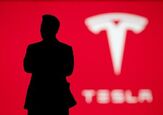
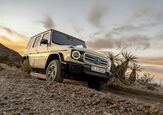
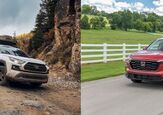
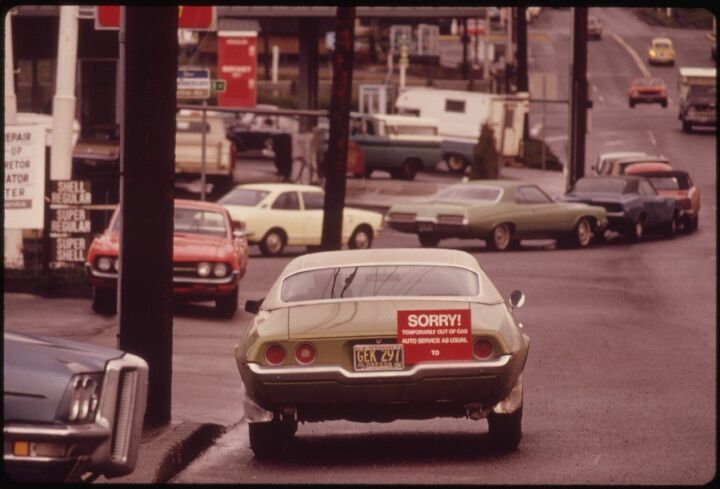





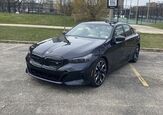
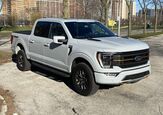






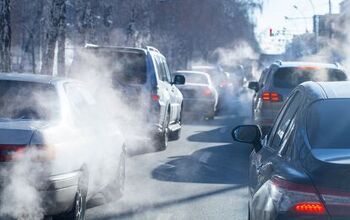
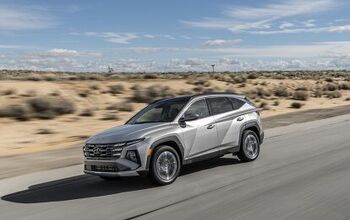
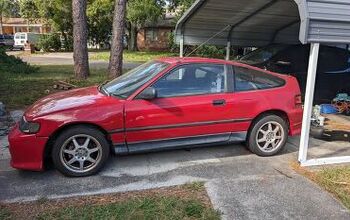
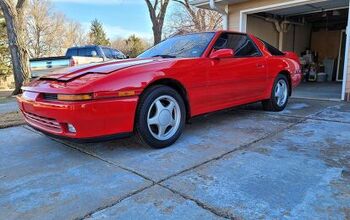

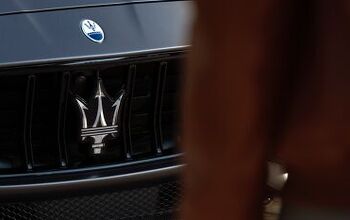

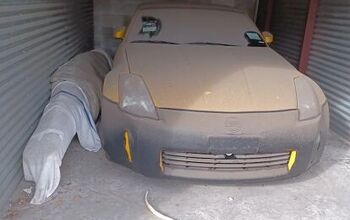
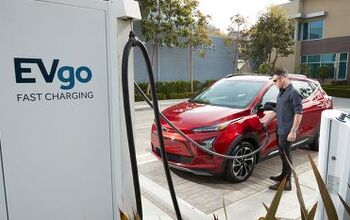



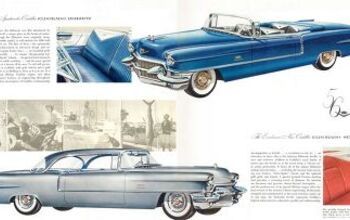
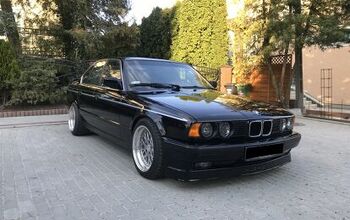



Comments
Join the conversation
Since 1973, the population of the world has doubled. Global oil consumption has almost tripled. OPEC has added members. Yet, OPEC produces about the same number of barrels of oil today is they did 40 years ago. Wonder why that would be? Even today, the U.S. is producing more oil than at any time in recent history. Why has the price of oil not come down? Surely domestic producers aren't charging their fellow citizens based on the global price of oil? Wouldn't that be unpatriotic? Certainly domestic oil company shareholders wouldn't object if their company softened the fuel price burden on their fellow citizens, right? I thought "Drill Baby Drill" was supposed to help oil and fuel prices. Certainly, the Keystone Pipeline will lower prices, right? Isn't that what the API and the Canadian company that wants to build the pipeline through the center of our country want us to believe. We've been drilling like crazy. We've been producing like crazy. Where is the price relief we were promised? We are currently exporting a LOT of refined fuels. How can that be? I thought added supply is supposed to bring prices down. We have so much we are exporting the stuff while prices at the pump remain high? Has someone lied to us?
One thing I remember about the 1973 " oil crisis " was the Nixon administration decree adopting daylight savings time for the whole year . Many people up north were upset with the idea of schoolkids waiting for the bus in the dark . Not as big of a concern down south but I was in college in 1973 and recall taking a class that began at IIRC 7:00 in the morning and it would remain dark for the whole class .And my mother encouraged me to travel to the Grand Canyon , Utah , etc. during Spring and Fall break - there was really a widespread fear that in the future gas would be either very expensive or unobtainable and travelling by car to faraway destinations would be impossible .